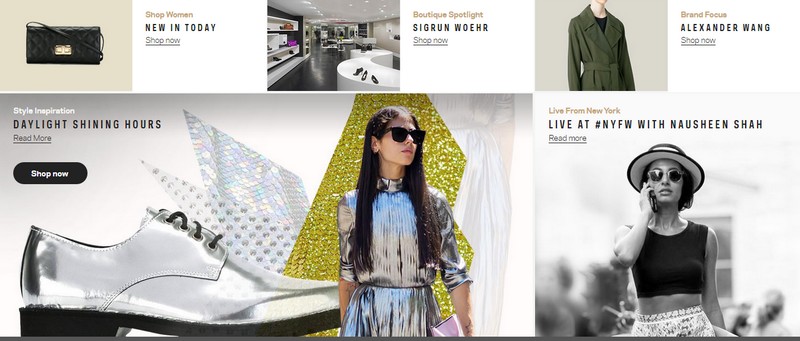There were times when China was the holy grail for global retailers. Logo-obsessed Chinese buyers seeking opulence were armed with cash fresh from the economic boom. Luxury retail brands flocked to the new market, with the result of 35% of sales for brands such as Omega, Harry Winston and Balmain coming from Greater China, according to estimates by Exane BNP Paribas. The region is responsible for a whooping 25% of sales at Burberry and 20% of sales at Prada.
The strategy of growth by opening stores in emerging and existing markets is neither new nor unique to luxury retail. It is a reflection of the modus operandi of the industrial age, where scaling growth is linked to incessant production.
The logic of this is that if consumers aren’t buying your stuff, create more stuff. Automotive, publishing and hospitality have all tried this, before being forced to radically rethink their approach to growth (and survival).
From 2008 to 2011, there was a 42% spike in the number of luxury retail stores in Asia, compared with a 28% rise in Europe and 5% rise in North America, according to Lux Redux report by Boston Consulting Group. Gucci alone has 70 stores in China. Louis Vuitton has 50. This store-opening frenzy led some to conclude that luxury brands suffer from overexposure, with too many stores and prohibitively high fixed costs.
Overexposure is a bad strategy. As any Macau dice thrower will tell you, putting all one’s money on red can be a dangerous game.
Exactly how dangerous, luxury retailers are only about to find out. Even before the recent Chinese market crash, Hermès’ watch sales fell 11% in 2014. Gucci’s drop in sales was 7.9% in the first quarter of 2015. Louis Vuitton and Dior have both reported weaker demand. Luxury sportscar business Maserati closed its showroom on Beijing’s Financial Street. Jaguar Land Rover’s sales in China decreased 20% by March 2015.
As the Chinese example shows, global luxury retail growth problems today can’t be solved by opening more stores and building bigger inventory.
They can be solved by amplifying the stores and inventory companies already have through digital business models. For too long, luxury brands avoided e-commerce, which proved to be a critical mistake in Asia. Asia’s e-commerce market is one of the largest in the world, at $525bn in online sales, according to an A.T. Kearney report. It is expected to grow at an annual rate of 25%.
Instead of opening one physical location after another, luxury retailers could have profited by aggregating, distributing and optimising their supply online. In the current situation, they made themselves vulnerable to Chinese local brands with a strong digital presence such as Mitsukoshi and to retail aggregators such as Xiu.com and Alibaba – not to mention macroeconomic trends such as the current stock market bust and dwindling consumer confidence.
But the silver bullet for luxury retailers isn’t e-commerce. It’s redefining the business they are in.
With luxury consumption becoming global, digital and experiential, the role of luxury retailers irrevocably shifts from products to services and experiences. The core value unit that luxury retailers designed their businesses around isn’t a luxury item anymore – it is seamlessness, convenience, speed and quality of personal service.
It is unlikely that digital pure players in the luxury space are going to feel the China slowdown on the same scale as their legacy counterparts. For example, global luxury fashion marketplace Farfetch doesn’t own and operate a single store. The allure of Farfetch’s business is that it created massive inventory without creating more products. It successfully decoupled supply from production.
There is a lesson for luxury retailers here. Farfetch is successful due to its seamless and quick delivery to consumers, regardless of their location. Legacy luxury retailers will have to find their own sweet spot, one brand at the time – the one that is critically and inherently related to their consumers behaviour and their modern luxury lifestyles.
A modern luxury lifestyle drives Chinese people to spend a lot more outside China – a huge 50%, according to consultancy Bain & Company. The luxury consumption continues, it’s just that the expensive stores are empty.
To get weekly news analysis, job alerts and event notifications direct to your inbox, sign up free for Media and Tech Network membership.
All Guardian Media and Tech Network content is editorially independent except for pieces labelled “Brought to you by” – find out more here.
guardian.co.uk © Guardian News & Media Limited 2010
Published via the Guardian News Feed plugin for WordPress.


